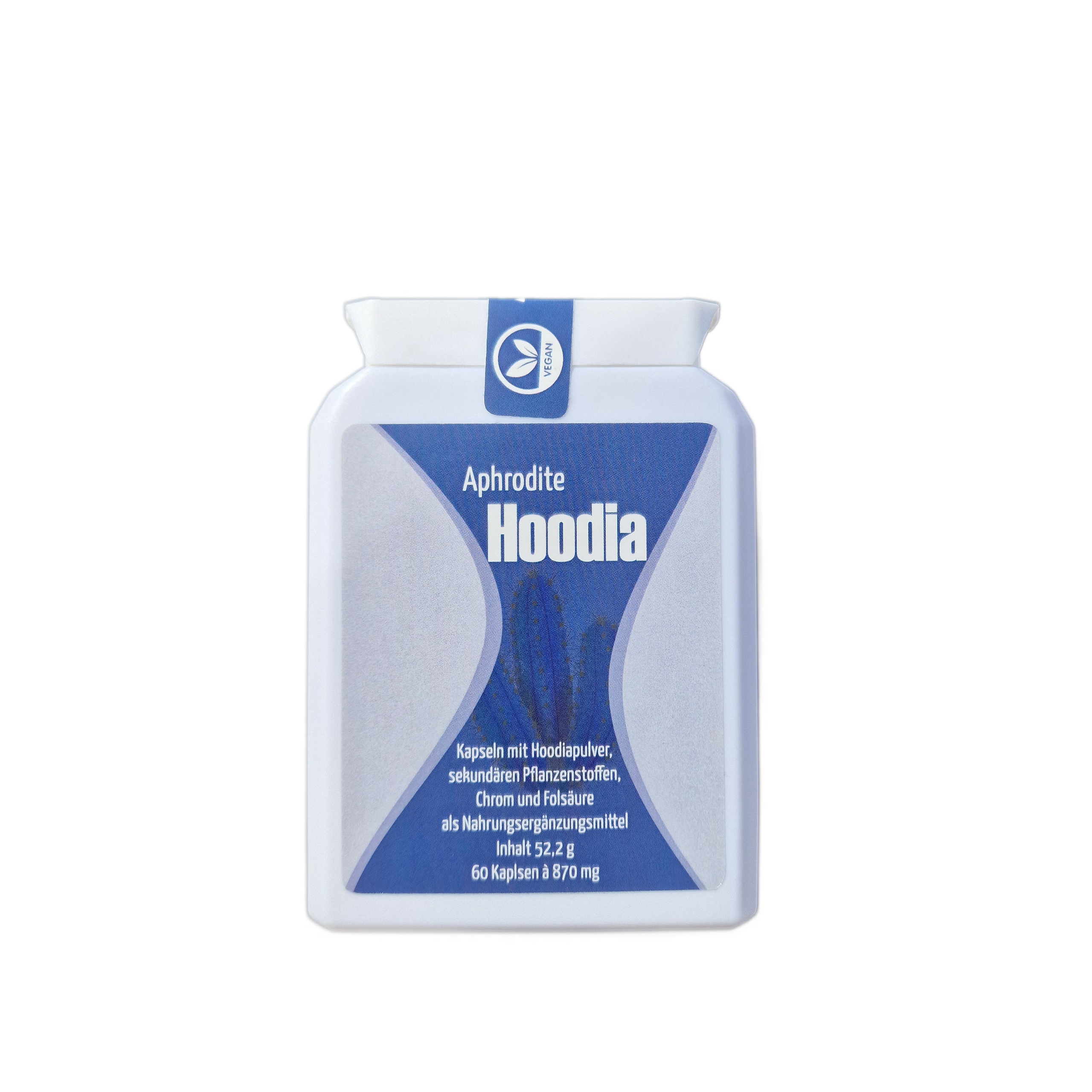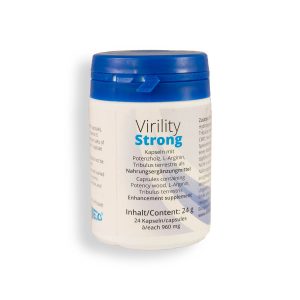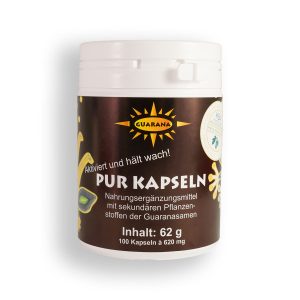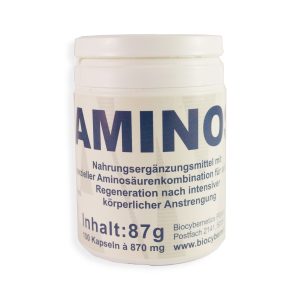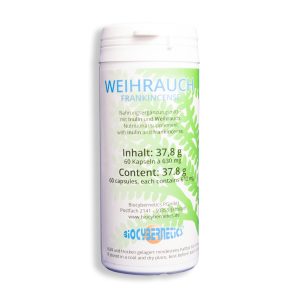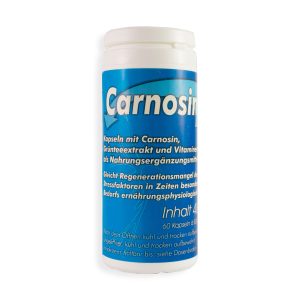Description
HOODIA – appetite-reducing cactus – Ancient slimming remedy of South African bushmen.
Ingredients:
Per capsule: 400mg Hoodia extract 1:30, (equivalent to 12g Hoodia powder), hydroxypropyl methylcellulose ( capsule, vegan ), 200mg Jerusalem artichoke. 70mg citrus flavonoids, 60µg chromium (III) picolinate = 100% TB*, 0.4mg folic acid = 200% TB*.
*Daily requirement according to nutritional labeling regulation
Contents: 60 capsules 870mg each
Note: Keep out of the reach of children.
Directions: 2 capsules per day. Take 1 capsule with liquid approximately 1 hour before meals. Food supplements should not be used as a substitute for a balanced and varied diet. Do not exceed the specified daily intake.
Hoodia gordonii, also called the “carrion flower” (“carrion flower”) because its 5-11 centimeter salmon-colored flowers smell like decaying flesh. The stench attracts flies that lay their eggs in the flowers, pollinating them in the process.
H. gordonii is single to heavily branched and grows up to 60 centimeters tall. The branches are cylindrical and covered with tubular spines. The plate-like flowers vary in size and color.
The seed pods are extremely long (up to 250mm). Hoodia grows in very dry areas, preferably on sandy soil, sometimes on rock.
The Kalahari desert in southern Africa is barren and hostile. As far as the eye can see, nothing but wind, sand, dunes. For the uninitiated visitor, this landscape is simply nothing. Nothing but – desert. But those who know the Kalahari know that there is more here than sand, a few bushes and grasses. For the bushmen of the Khoi San tribe living there, the Kalahari is full of riches. For thousands of years, they have been unlocking its secrets and learning to use them.
The San are the indigenous people of southern Africa. Known for their survival skills, rock drawings, trance dances and mystical symbiosis with their semi-deserts or savannahs, the San people are among the best studied and at the same time poorest and most marginalized peoples in the world. For a long time the San were suppressed as a minority, because as hunters they represented an unwelcome competition for the European settlers. They were deprived of their land, their rights and almost even their language. The settlers even used to hunt them. For a long time they were not considered human beings. And until today they are outsiders, the losers of the modern world.
Not out of abundance – but out of scarcity, the Bushmen in the vastness of the Kalahari Desert have been chewing on the Hoodia cactus for ages. When there is nothing for them to eat all around, it provides a feeling of fullness. Reliable and natural. Without side effects.
South African bushmen have been chewing the Hoodia cactus growing wild in the desert since time immemorial to curb their hunger during the hunt, which often lasts several days. This ensures that the hunted prey does not immediately disappear into the stomachs of the hunters. Thanks to Hoodia also the family can hope for their share.
Hoodia is a knee-high, spiny plant. It seems inconspicuous and not very nutritious. The Hoodia cactus grows in the semi-deserts of southern Africa. It doesn’t really look very appetizing. But it is food for the bushmen, their drink and their medicine. Anyone who tries the cactus will find that it tastes bitter.
During their long hunting trips, the San shove a peeled piece of the plant into their mouths and chew on it: this is how they sometimes suppress hunger for days.
This appetite-suppressing effect was noticed by South African soldiers who used native hunters as scouts and trackers. They had wondered why the slender Bushmen could go so long and persist without food or drink in a hostile environment.
In 1996, scientists from the South African Science and Industry Research Council (CSIR) took on the satiating cactus. They succeeded in extracting the ingredient that curbs feelings of hunger. The scientists christened the substance “P57” and patented it.
The result:
The cactus reduces daily calorie intake to just 2,200 kcal, helping people lose weight.
In cleanly conducted double-blind studies, nine overweight Britons lost a few pounds when they swallowed the Hoodia cactus in capsule form: They ate an average of just 2,200 calories a day, although they were allowed to eat as much as they wanted. A further nine men, who were given a placebo, ate an average of 3,200 calories a day. No side effects were noted
All of our supplements are:
– Laboratory tested
– GMP Certified ( Good Manufacturing Practices (GMP) certification ensures the integrity of your food manufacturing process and your compliance with safety regulations. )
– HACCP Certified
– IFS Certified
– ISO 9021 Certified
– 100% Vegan
– Halal
– Without genetic engineering
– Free from animal testing
– Free from dyes and flavors
– Free from unnecessary additives


